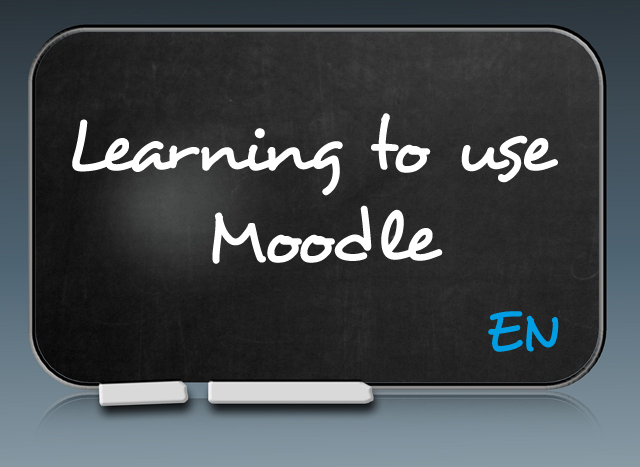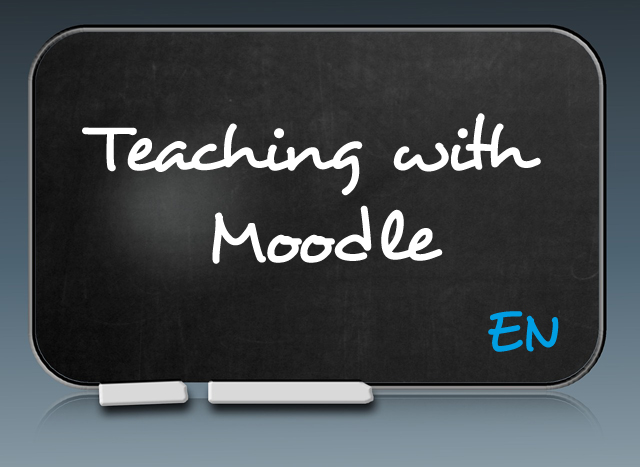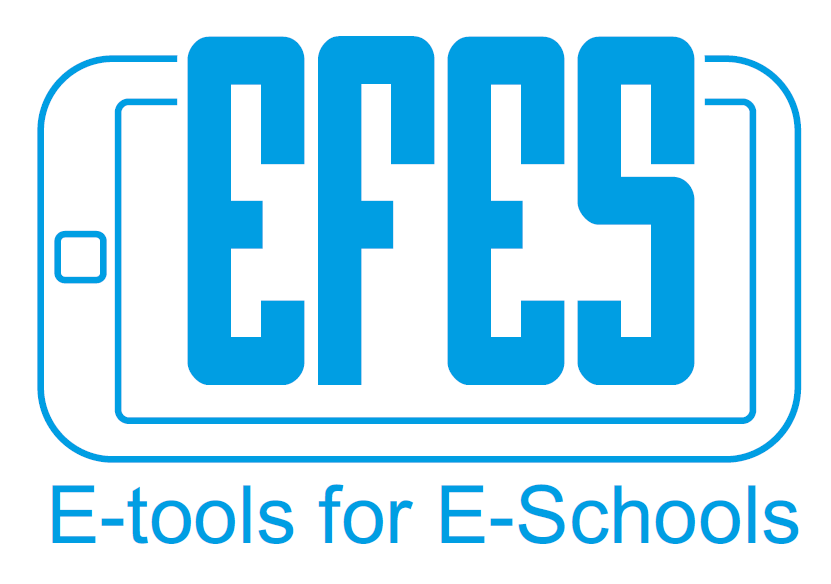The „Learning to use Moodle” course is aimed at teachers with basic computer skills but without requirements for advance knowledge of the Moodle platform. The course goal is to form basic knowledge and skills, needed by teachers to create and manage their own courses within the platform, build learning content using the provided tools and communicate with the students.
The course consists of 15 units, each of which contains a video lesson, a short self-assessment test and a glossary.
The advisory working time for each unit is 2x40 min. The course is completed after passing the final exam and receiving the course certificate.

- Преподавател: Илка Зафирова
This course includes the following 19 topics:
- Glossary: How to create dictionaries with key concepts and definitions and make students contribute
- Hangman, Crossword, Millionaire: How to create educational games
- Oraganisation and management of the course Question bank
- Adding different question types to the course question bank (Part 1) - Multichoice, True-False, Matching questions
- Adding different question types to the course question bank (Part 2) - Cloze-questions, Drag and Drop questions, Missing words
- Import and Export of quiz questions
- Creating tests for your course using Quiz
- How to use quizzes for self-assessment
- Quiz attempts and statistics: An overview of students attempts, manual grading, question and quiz statistics
- Active quiz: Doing and managing tests in the classroom
- Creating homeworks for your students using Assignment
- Assignment: Blind grading, collaborative work, assessment using scales or different criteria and weights
- Lesson: Creating and sequencing different learning materials (texts, images, audio, video) and quiz questions (Part 1)
- Lesson: Creating and sequencing different learning materials (texts, images, audio, video) and quiz questions (Part 2)
- Wiki: How to provide collaboration activities for your students
- SCORM: How to upload and use learning content created with other authoring tools
- Virtual classroom: Teaching and learning using real time collaboration
- How to get simple feedback from your students
- How to use surveys and receive feedback from your students using Questionnaire

- Преподавател: Administrator CEI
- Преподавател: Илка Зафирова
- Преподавател: Бояна Петкова
